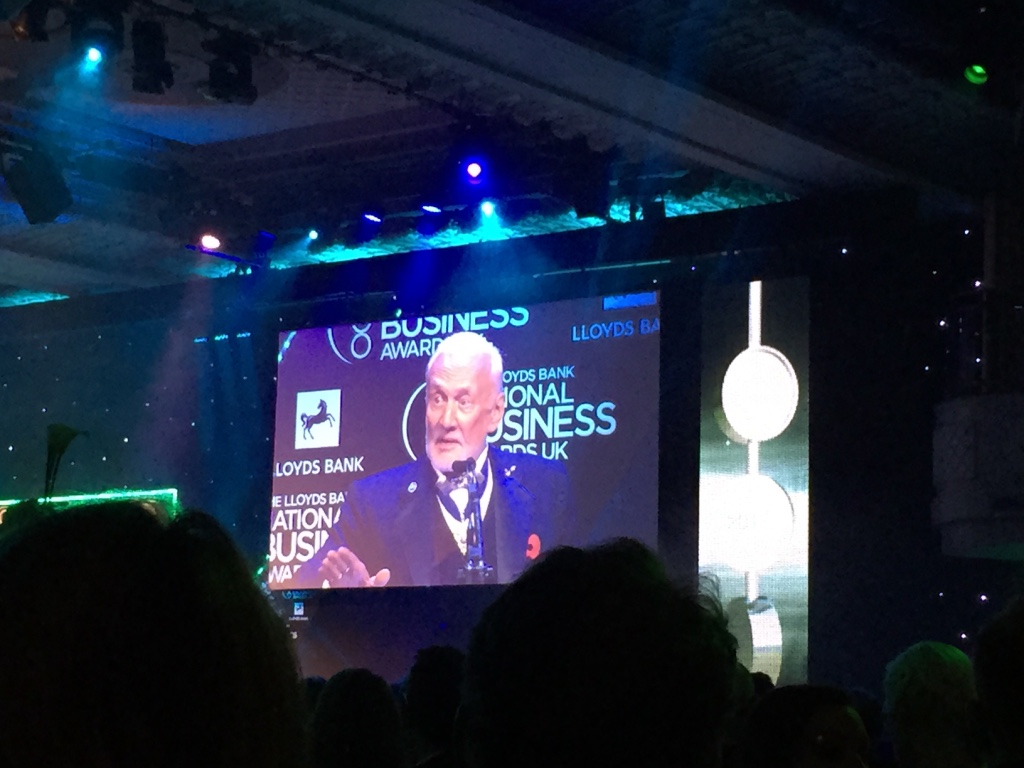The impact of lockdown on our daily lives, dramatically shifted the way so many of us live our lives. Whether it is the changes to the way we travel, how socialise or new interests we acquired during the strange times where we were mandated to remain at home. For me, the lockdown sparked a new interest that lead to a business idea. Namely, during the lockdown by chance I ended up watching some YouTube videos about Whisky from a New Zealand YouTuber called First Phil Whisky. I had never really been that interested or know much about the subject, but it interesting to learn more about it – and since we were all stuck at home, experience tasting different whiskies that could be delivered and enjoyed at home.
This lead onto a business idea – could there be other beginner whisky enthusiasts interested in receiving a monthly whisky box to help them explore the world of whisky? Ultimately, the business idea was one of a subscription business – a model that has become increasingly popular in recent year, with beauty boxes, snacks and shaving equipment all posted through the door to paying subscribers. Lets explore some of the key concepts behind a subscription business model:
At its most basic, a subscription business model is a revenue model where a customer pays a recurring fee to access a product or service. It can be anything from Netflix, Spotify and more storage space with Apple to products delivered to your home on a re-occurring basis. Even Amazon has been moving into the subscription space with more of its products available for repeat order. Core aspects of a subscription business model are:
- Customer acquisition: This can be done through various marketing channels with many successful subscription business leveraging social media for growth.
- Customer onboarding: Once customers have been acquired, they must be onboarded and provided with access to the product or service. This process should be seamless and straightforward, with clear instructions and easy access to the product or service.
- Recurring billing: The next step is to set up a recurring billing system, which automatically charges the customer’s credit card or other payment method on a regular basis. This system should be easy to manage and flexible, allowing for changes to be made if needed.
- Customer retention: To keep customers, the business must provide a high-quality product or service that meets their needs and exceeds their expectations. This can be achieved through ongoing customer engagement and regular communication, as well as continuous product improvement and innovation.
- Upsell and cross-sell: Subscription businesses can also generate additional revenue by upselling customers to higher-priced plans or cross-selling complementary products or services. This can be done through targeted marketing and personalisation, as well as through customer interactions and feedback.
- Churn management: Churn, or the rate at which customers cancel their subscriptions, is a major challenge in subscription business models. To minimise churn, businesses must identify and address the root causes of customer dissatisfaction, as well as offer incentives to keep customers engaged and satisfied.
- Data analysis: Finally, data analysis is critical in subscription business models, as it allows businesses to understand customer behaviour, preferences, and buying patterns. This information can be used to optimise marketing efforts, improve customer retention, and identify new revenue opportunities.
Another key area to note about subscription businesses is that they are a very giftable present. If you know a partner / friend / family member is interested in a hobby then a subscription box that meets that interest is a great way of getting something personal, that at the same time leaves all the specifics to the people that know about that hobby. So keep in mind that a good part of the target market might be individuals who are purchasing the subscription for someone else – this might be important in the way you phrase your content, ensuring it is understandable even to those with no interest in the area (who instead are trying to solve the problem of needing a present for someone!).
With this in mind I was keen to have a go at launching a Whisky Subscription business, alongside a Monthly Whiskey Club to see if either gain traction at the first bullet point above: customer acquisition. I will keep you updated with my progress, which so far has started with a Laphroaig 10 Review detailing my thoughts on one of the first whiskies I ever tried. Who knows where this journey will take me, but I am interested and excited to explore an alternative business model to the one I have created around a commission business.
Posted under New Project
This post was written by
Deprecated: get_the_author_url is deprecated since version 2.8.0! Use get_the_author_meta('url') instead. in /var/www/html/wp-includes/functions.php on line 5213
Matthew Rusk on January 30, 2019




